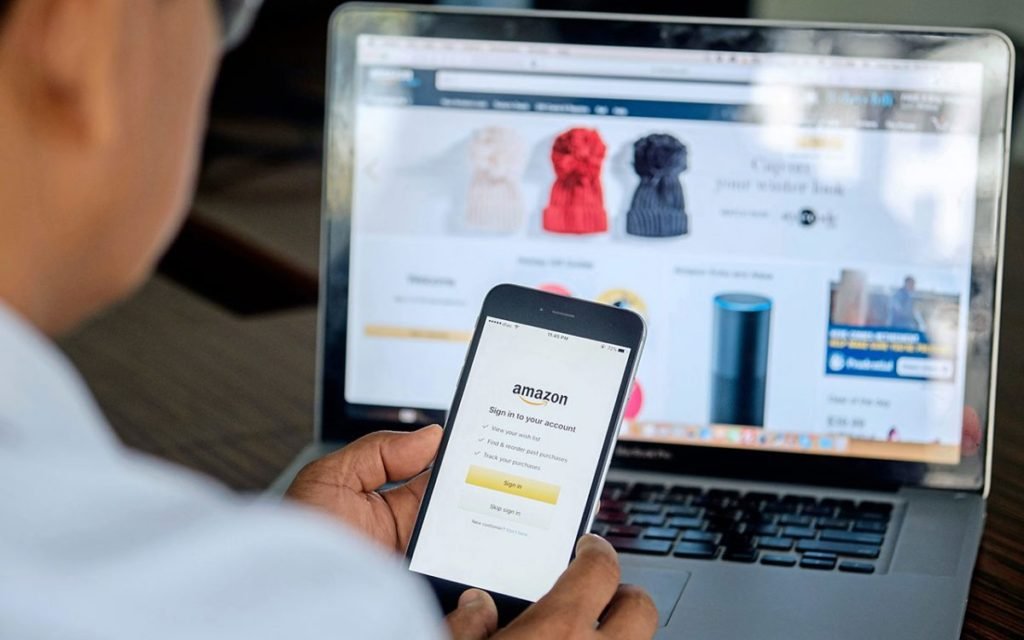Leading e-commerce company is increasingly controlling its own delivery network and aims to overtake UPS and FedEx as US’s top package carrier.
Amazon, beset by a number of logistical challenges, is taking matters into its own hands by chartering its own ships and planes. The initiative is to avoid bottlenecks in delivery networks as the world deals with supply-chain logjams.
The world’s largest e-commerce company is leasing private cargo vessels to carry out deliveries and avoid delays, when ships stay idle in ports for several days. The move would help Amazon during peak times such as the holiday season when it processes orders in larger volumes.
The company is also looking for refurbished cargo versions of the Boeing 777-300ER, one of the largest twin-engine passenger jets in operation, along with conversions of Airbus’s popular A330-300 wide-body aircraft, Bloomberg had reported in October.
“Amazon has been ramping up its own delivery services but is still heavily dependent on its delivery partners. It wants to have more control over its own delivery system but until it gets to nearly full ownership, it will have to schmooze its delivery partners into helping it fulfil its lofty goals,” according to a report from financial analysts Investopedia.
“As Amazon moves forward, it will be interesting to watch how the delivery strategies integral to its success evolve.”
Seattle-based Amazon’s moves are part of its efforts to address its logistics dilemma that has stretched for years.
Its worst experience was probably in December 2013, when a flood of last-minute orders resulted in several customers unable to receive their Christmas deliveries on time, prompting Amazon and delivery partner United Parcel Services to offer refunds.
“Santa can deliver millions of packages in time for Christmas, but apparently, UPS can’t,” Wired had reported at the time.
Earlier that month, Amazon founder and then-chief executive Jeff Bezos introduced the Prime Air programme, which would deliver items within half an hour. It would take “four to five years” to realise this, Mr Bezos had said at the time. To this day, however, their drones have struggled to take off, thanks to a number of setbacks, including lay-offs, unexpected workload surges and unrealistic expectations.
Amazon’s spending to control its shipping process is costly. Then company shelled out more than $61 billion on shipping in 2020, up more than 60 per cent from 2019’s $38bn, but that resulted in Amazon shipping 72 per cent of its own deliveries, up from about 47 per cent a year ago, data from SJ Consulting Group showed.
But Amazon seems willing to pay the price, long-term gains considered: shipping costs have surged to $20,000, from below $2,000 before the pandemic struck and an evolving coronavirus casts more uncertainty. Having its own cargo network can also reduce longer waiting times.
It is also producing its own 53-foot cargo containers in China, having made as much as 10,000 of them over the past couple of years, ocean freight analyst Steve Ferreira told CNBC last month.
“While we are always investing in our supply chain and transport network, we have done even more this year to ensure we don’t let recent supply-chain constraints impact the Amazon experience for our customers,” Amazon said in a blog post in October.
“We’ve invested in people, aircraft, ships and buildings to ensure we have more options in the ways to get things from [point] A to [point] B. We’ve also built a network of strong partnerships across the supply chain to give us the flexibility we need to get the right things to the right places when customers need them.”
Dave Clark, Amazon’s chief executive of worldwide consumer business, told CNBC last week that the company would “probably” be America’s largest package delivery carrier, overtaking rivals UPS and FedEx, by the end of this year or in early next year.
Amazon also recently hired an additional 150,000 staff for its seasonal warehousing and delivery roles – up from 100,000 last year – with signing bonuses of up to $3,000, just to further streamline its logistics operations.
“We have learnt to expect the unexpected and that there may be bumps along the way,” the company said.
(Except for the headline, this story has not been edited by The Finance World staff and is published from a syndicated feed.)


